Exploring the Beauty of Shima
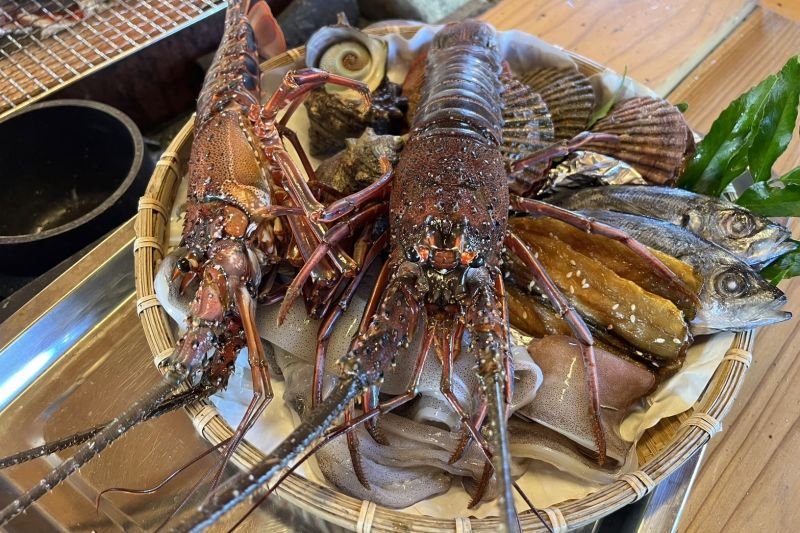
Once again, we were blessed to a beautiful sunny day which was perfect since we were heading to one of the most beautiful coast side areas of Mie Prefecture, Shima City.
The city of Shima is known for beautiful beaches, uncanny nature, spectacular landscapes, and many wonderful spots, today however, we were going to visit places where the unique culture and traditions are being preserved.
My name is Isis Akemi Muto, from Sao Paulo, Brazil. I’ve been living in Mie Prefecture, Japan, for the past 22 years. Recently, my husband and I started doing some day-trips around Mie.
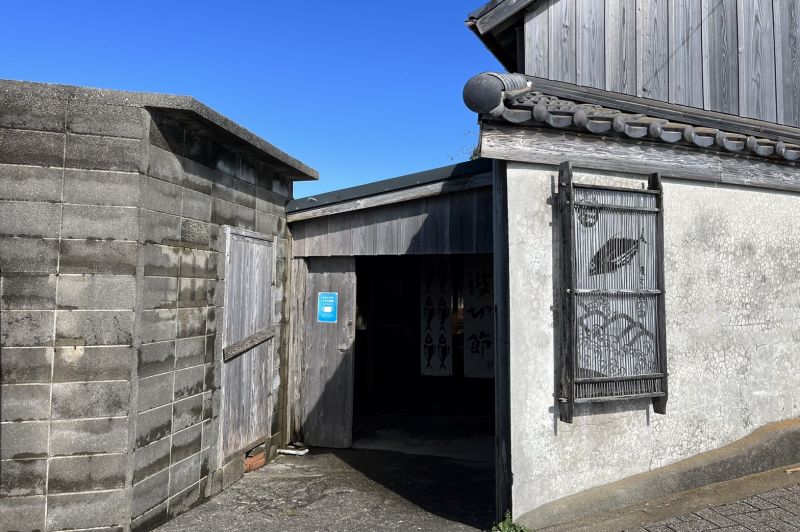
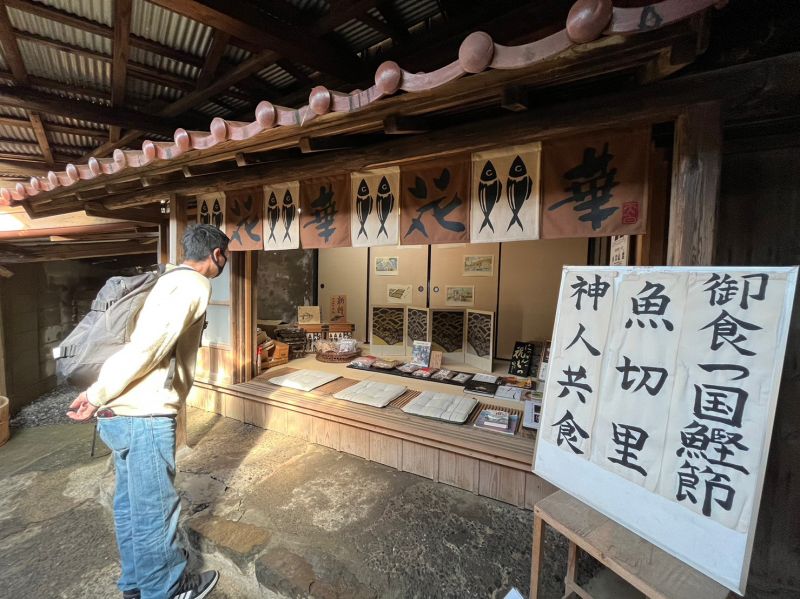
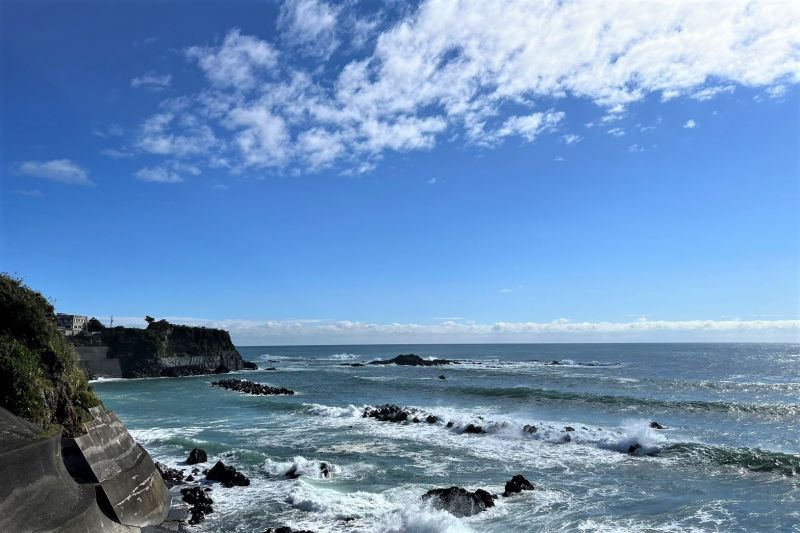
The breathtaking view of the Pacific Ocean from the entrance of the factory.
“Katsuo no Tenpaku” is a fascinating katsuobushi factory. Although I love Japanese cuisine, I must confess that I have never used Katsuobushi as an ingredient in the preparation of a meal, so I was looking forward to learning everything about it.
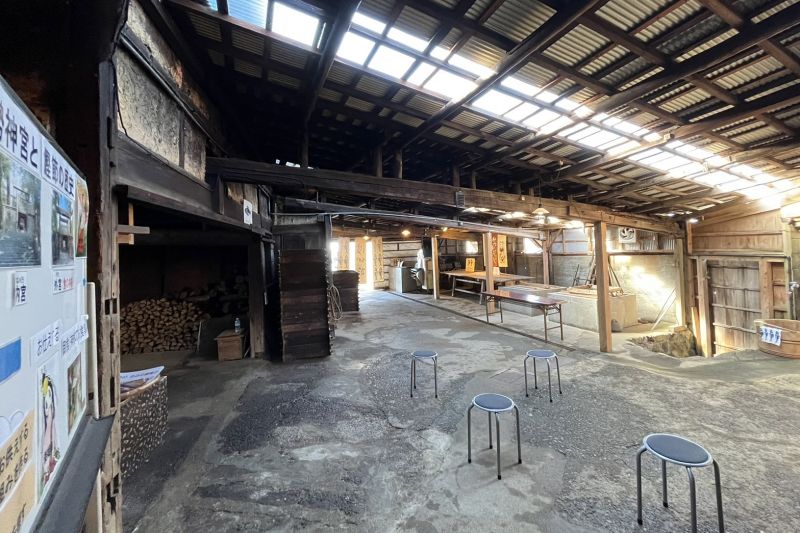
At “Katsuo no Tenpaku”, there are no modern machines, everything is made by hand using only some traditional tools following traditional methods.
According to the owner of the factory, Mr. Tenpaku, many foreigner chefs come from all over the world to learn about Katsuobushi’s history.
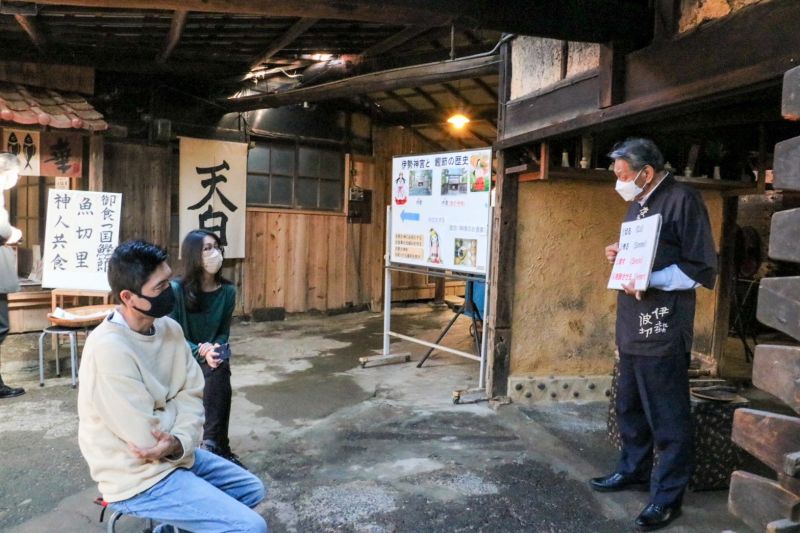
Listening to Mr. Tenpaku explanation, it made me realize that many things made in Japan require not only time and great skill, but delicacy and patience.
For people, like my husband, who don’t know about Katsuobushi, it is dried bonito flakes. Today we learned that in order to make the flakes, the bonito fish is cut, simmered, smoked and finally fermented, just like cheese, and the entire process takes several months! Katsuobushi is often used to add flavor to food. I remember the first time I saw Katsuobushi, it was on top of an okonomiyaki. The layer of katsuobushi was so thin that the heat of the okonomiyaki made it move, as if it were alive. That was fun to watch.
At “Katsuo no Tenpaku”, depending on the day, visitors not just listen to the explanation but also experience it. Unfortunately, we weren’t so lucky but having the opportunity to learn its history made us want to come back to watch this amazing process.
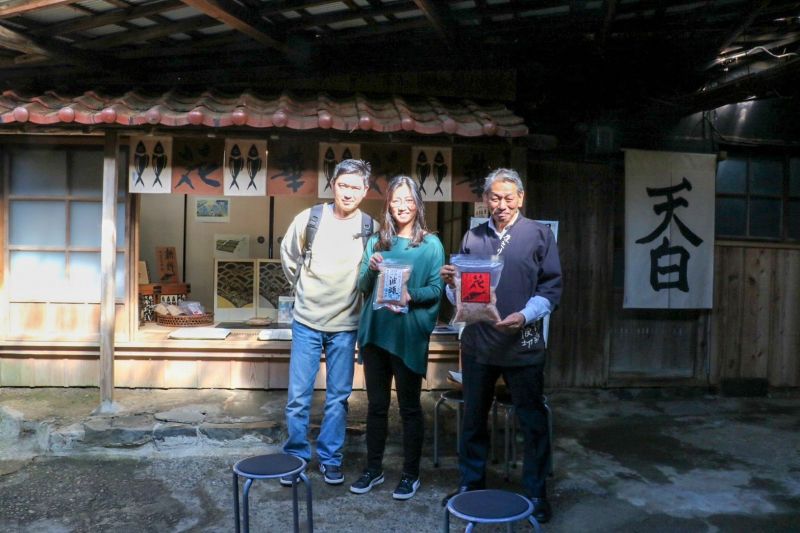
It was a pleasure to meet Mr. Tenpaku.
“Katsuo no Tenpaku”
https://katuobushi.com/ (TOP)
https://katuobushi.com/?page_id=68 (About factory tour)
mail:maruten@katuobushi.com
We left “Katsuo no Tenpaku” and headed to “Shinju no Sato” which was a 20-minute drive. This is one of the great things about Shima, you can visit many tourist spots in just a day!
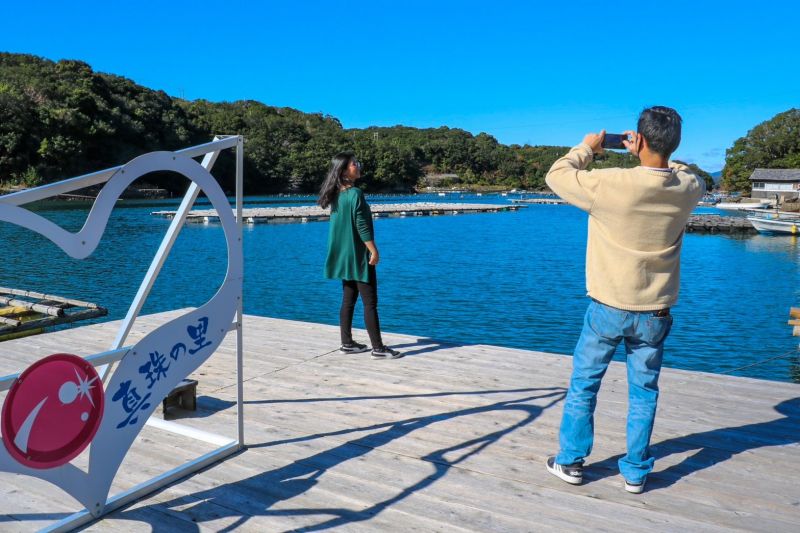
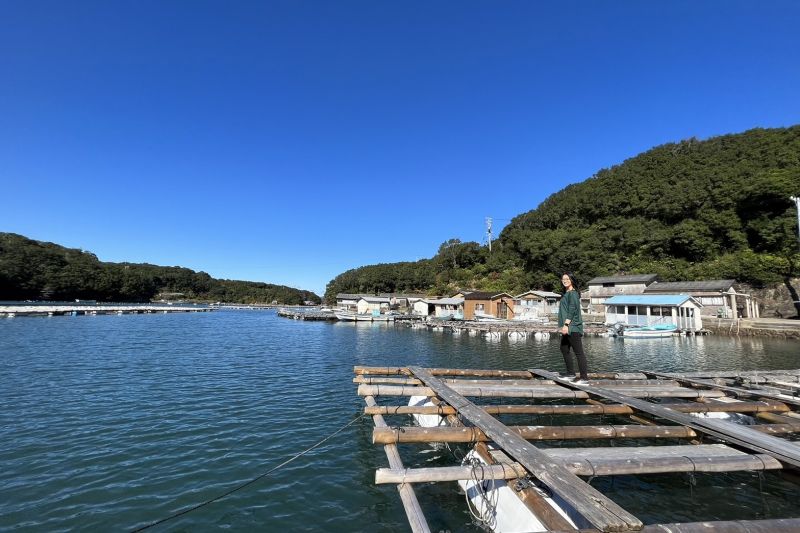
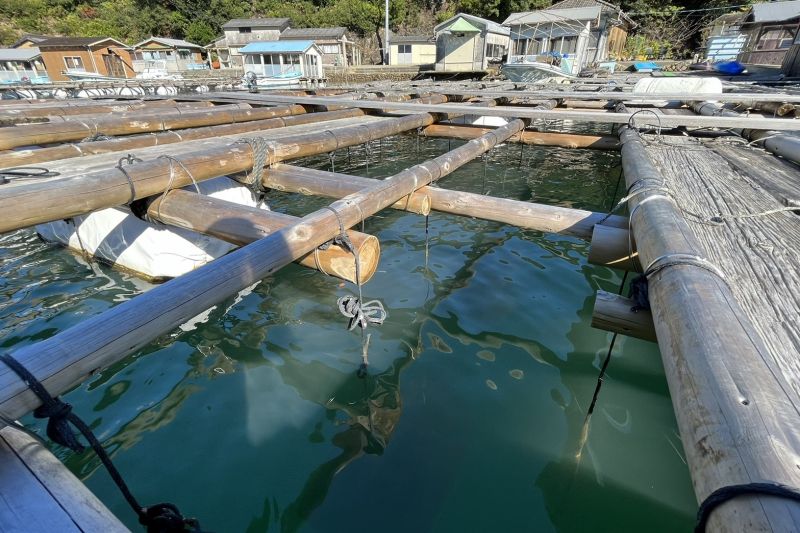
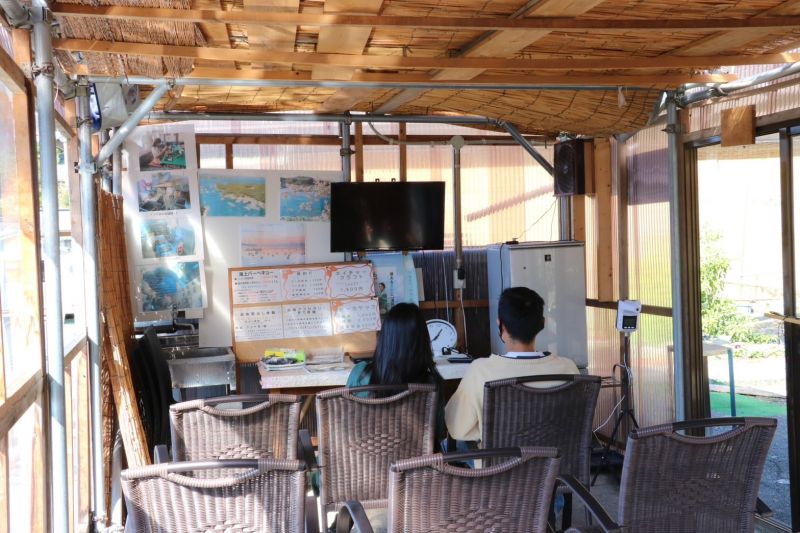
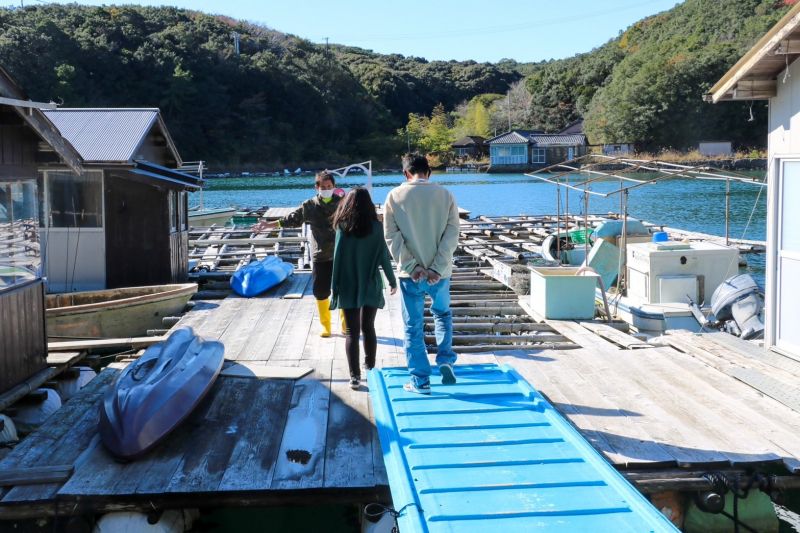
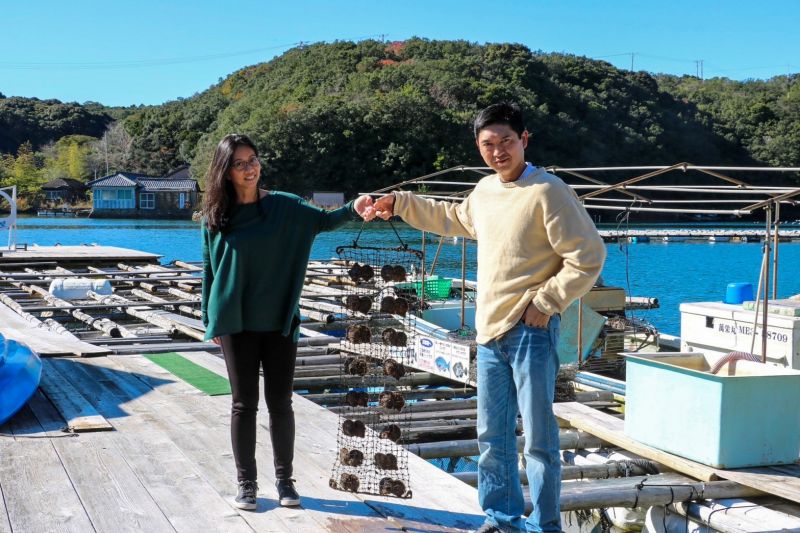
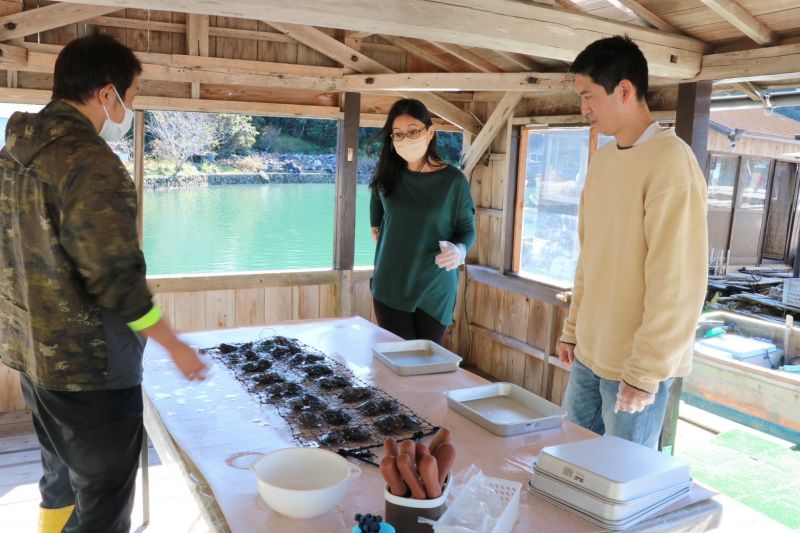
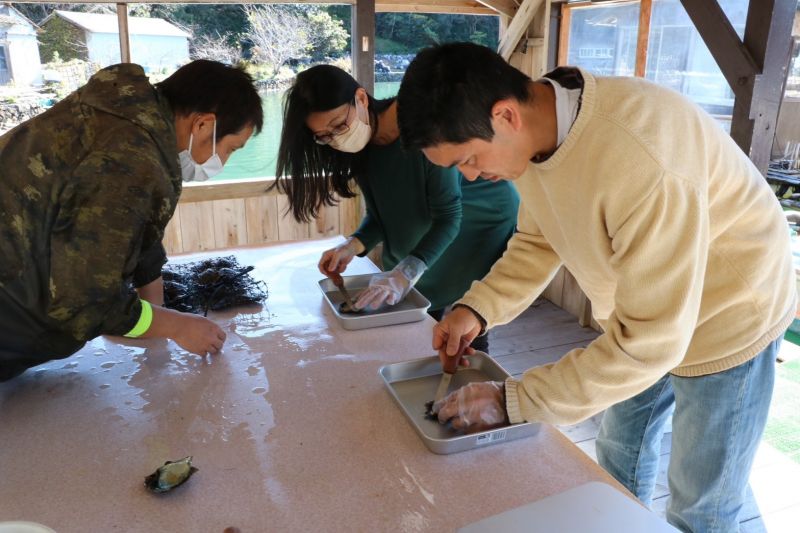
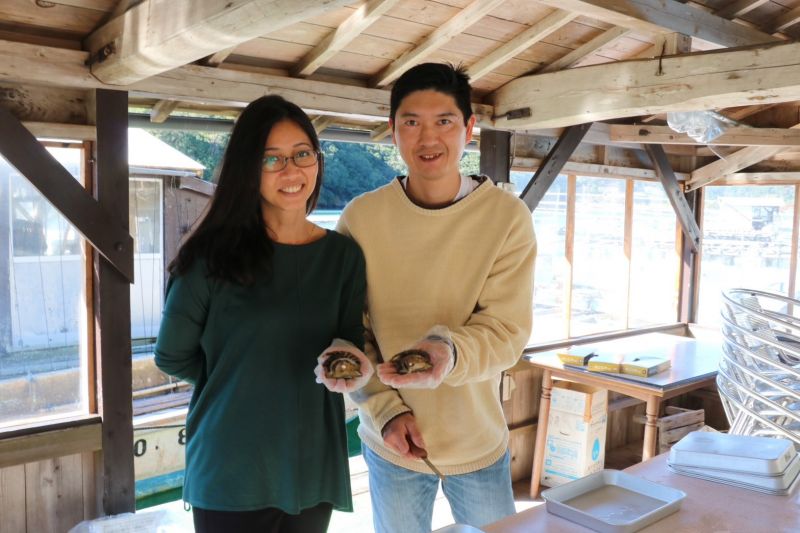
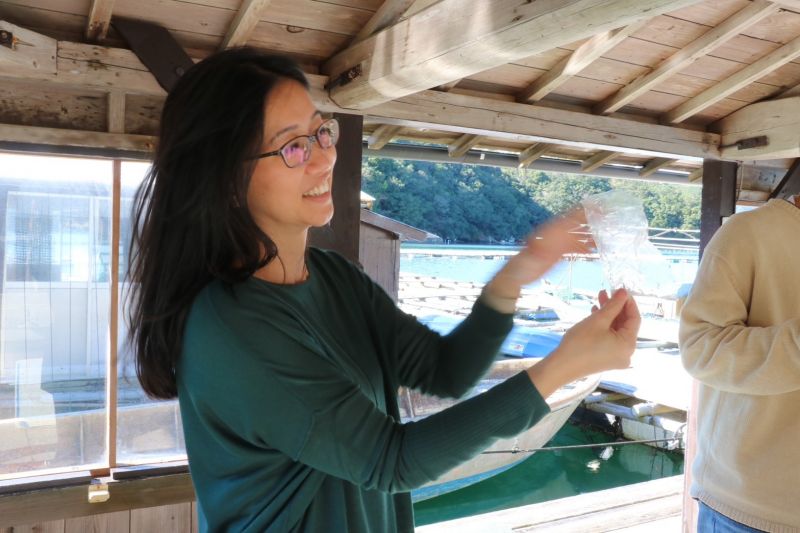
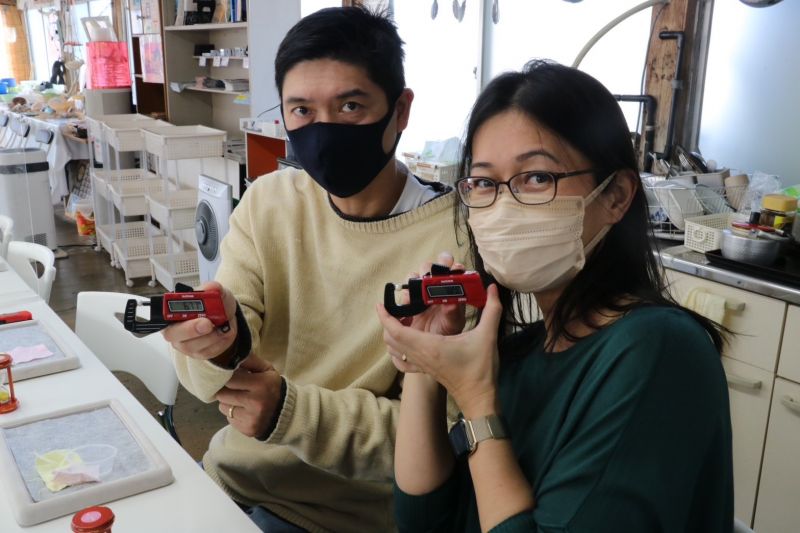
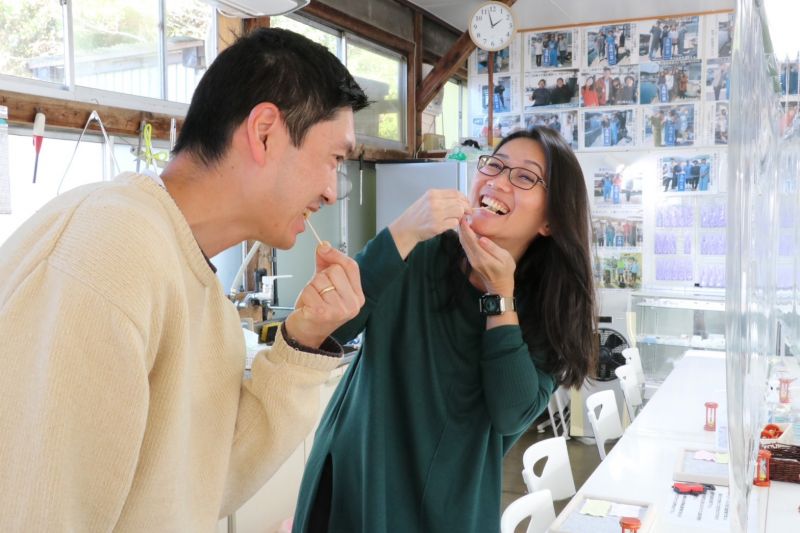
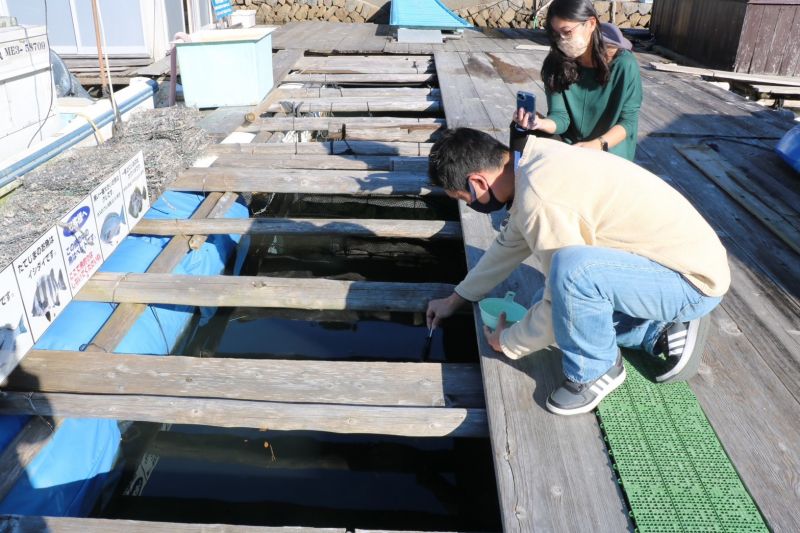
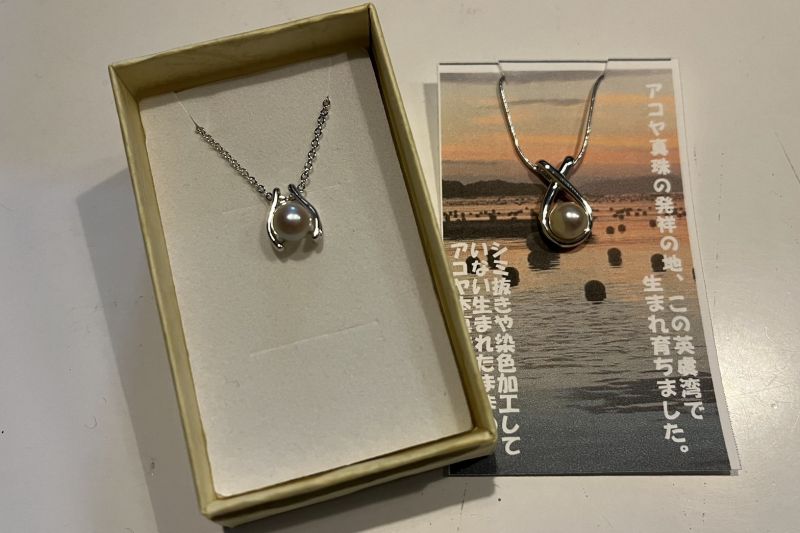
And our jewelry was finished. They are so beautiful! Our precious and unique pearls!
I don’t explain the whole process because I think everyone should have this experience at least once in their lifetime. These experiences make you realize that you cannot put a price on someone’s work! We don’t know how value the process is until we learn and understand it. Today I really understand why pearls are so expensive and it’s only fair!